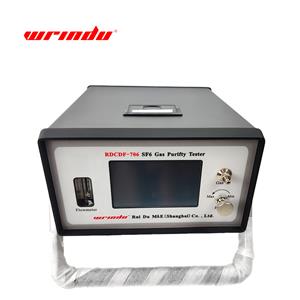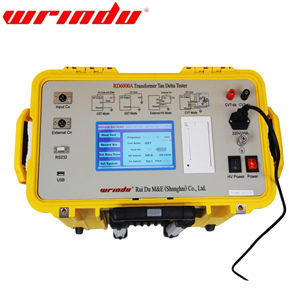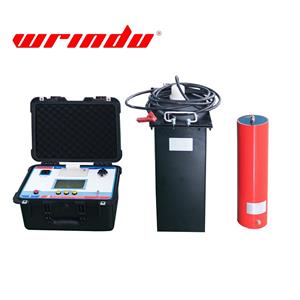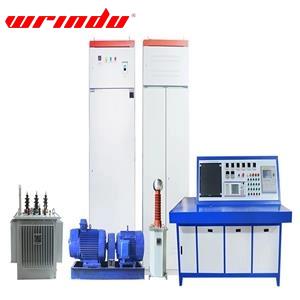What is vacuum oil filter?
Questions about vacuum oil filter
What is vacuum oil filter?
What is the purpose of vacuum oil filter?
What is the purpose of vacuum oil?
Is oil conductive?
What are the three types of vacuum filter?
What is vacuum oil filter?
A vacuum oil filter is a specialized filtration system that utilizes vacuum pressure to purify various types of oils (e.g., motor oil, lubricating oil, hydraulic oil, transformer oil) by removing contaminants such as solid particles, water, gases, and other impurities. It operates by creating a low-pressure environment inside a vacuum chamber, which enhances filtration efficiency through pressure filtration, vacuum evaporation, or a combination of both.
This equipment is widely used in industrial, automotive, and electrical applications to extend oil lifespan, improve equipment performance, and enhance insulation properties (in the case of transformer oils). Common applications include:
Reconditioning used motor oil
Purifying industrial lubricants and hydraulic fluids
On-site filtration for transformers, circuit breakers, and other oil-filled electrical equipment
What is the purpose of vacuum oil filter?
The purpose of a vacuum oil filter is to purify and regenerate oils by removing contaminants such as:
Solid particles (dust, metal shavings, sludge)
Water and moisture (preventing corrosion and oxidation)
Dissolved gases (improving oil stability)
Other impurities (degraded additives, acids, or emulsified fluids)
Key Functions & Benefits:
Extends Oil Lifespan – By removing contaminants, it allows oil to be reused, reducing waste and costs.
Enhances Equipment Performance – Clean oil improves lubrication, reduces wear, and prevents machinery damage.
Improves Electrical Insulation (for transformer oils) – Ensures dielectric strength in high-voltage equipment.
Reduces Maintenance & Downtime – Prevents sludge buildup and component failures.
Eco-Friendly Solution – Minimizes disposal of used oil, supporting sustainability.
What is the purpose of vacuum oil filter?
Oil Used in Vacuum Pumps & Systems (Lubrication/Sealing)
Purpose:
Acts as a lubricant and sealant in vacuum pumps (e.g., rotary vane, diffusion pumps).
Maintains a high vacuum level by minimizing vapor pressure and preventing backstreaming.
Removes heat generated during pump operation.
Traps contaminants (dust, moisture) to protect the pump.
Common Types:
Mineral-based vacuum pump oil (general use)
Synthetic vacuum oil (higher temperature/purity requirements)
Silicon-based oil (for high-vacuum applications)
Oil Purified by a Vacuum Oil Filter (Processed Oil)
Purpose:
Removes impurities (water, gases, particles) from used or contaminated oils.
Restores oil properties (viscosity, dielectric strength) for reuse.
Applications:
Recycling engine oil
Transformer oil regeneration
Industrial lubricant maintenance
Is oil Conductive?
Conductive Oils (Anti-Static)
Some vacuum pump oils are deliberately formulated to be conductive to prevent static charge buildup, especially in flammable or explosive environments (e.g., chemical processing, fuel handling).
Insulating Oils (Non-Conductive)
Most standard vacuum pump oils are non-conductive for general use.
Transformer oils (a specialized type) must be highly insulating to prevent electrical arcing in high-voltage equipment.
How many types of vacuum filter are there?
Vacuum oil filters vary in design and operation to suit different industrial and automotive needs. While traditional oil filters (like those in vehicles) primarily use fiber media, vacuum oil filtration systems employ specialized methods for enhanced purification. Here are the key types:
1. Spin-On Vacuum Oil Filters
Design: Self-contained, cylindrical units that attach via threading.
Function: Combines mechanical filtration (pleated media) with vacuum dehydration to remove water and particulates.
Use Case: Common in mobile oil purification units for quick servicing.
Drawback: Generates more waste (entire unit is replaced).
2. Cartridge Vacuum Oil Filters
Design: Replaceable filter element housed in a permanent, reusable chamber.
Function: Uses layered filtration media (cellulose, synthetic fibers) alongside vacuum distillation for deeper purification.
Use Case: Preferred in industrial systems (e.g., transformer oil treatment) for reduced waste.
3. Magnetic Vacuum Oil Filters
Design: Integrates magnets into the filtration path.
Function: Targets ferrous metal particles while vacuum processes remove water/gases.
Use Case: Supplemental filtration in gearboxes or hydraulic systems prone to metal wear.
4. Centrifugal Vacuum Oil Filters
Design: Rotational mechanism within a vacuum-sealed chamber.
Function: Centrifugal force separates heavy contaminants (sludge, metals), while vacuum evaporation removes moisture.
Use Case: High-performance or heavy-duty applications (e.g., marine engines, turbine oil systems).
Click here to get more information about Transformer Vacuum Oil Filter.




